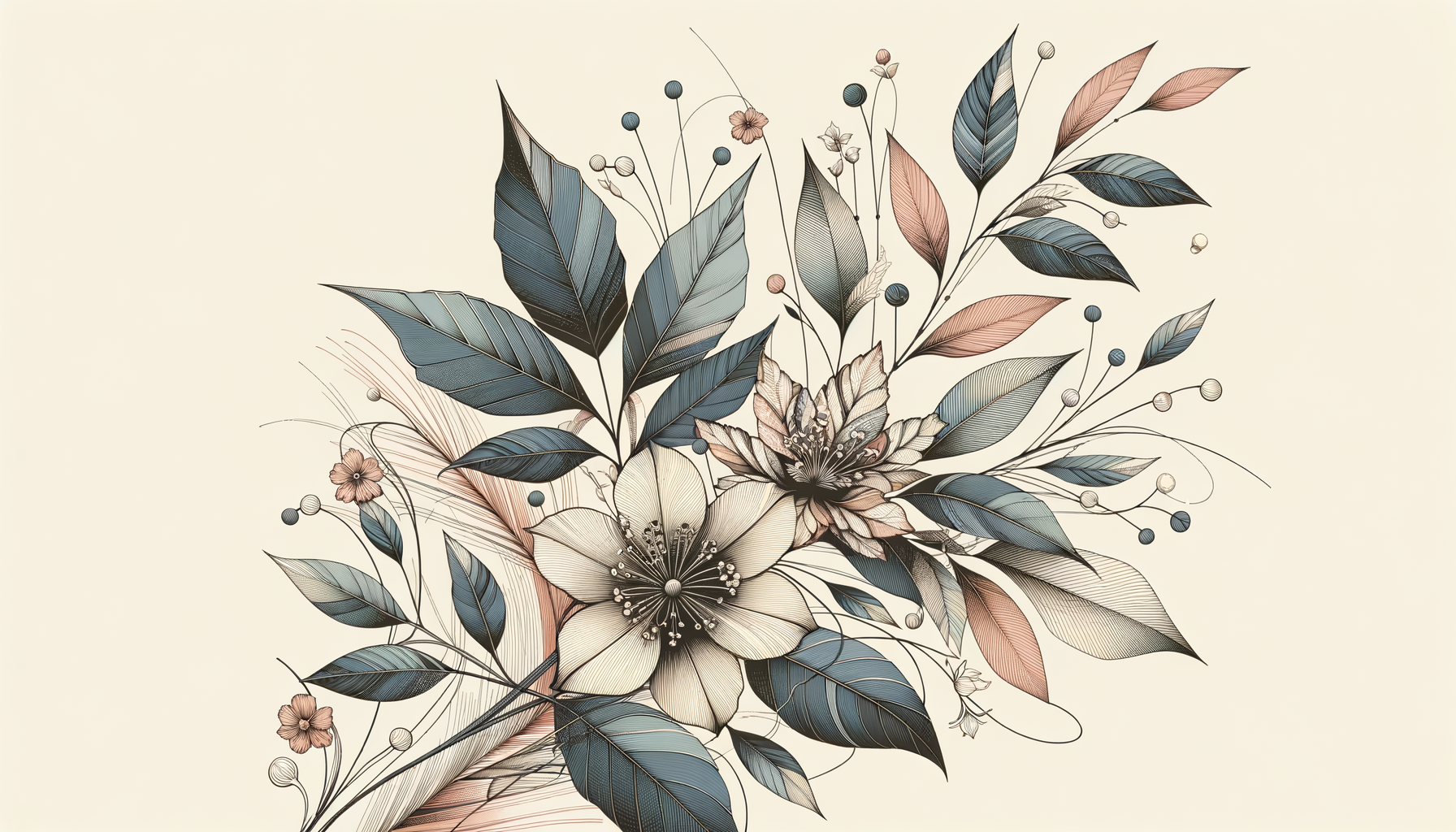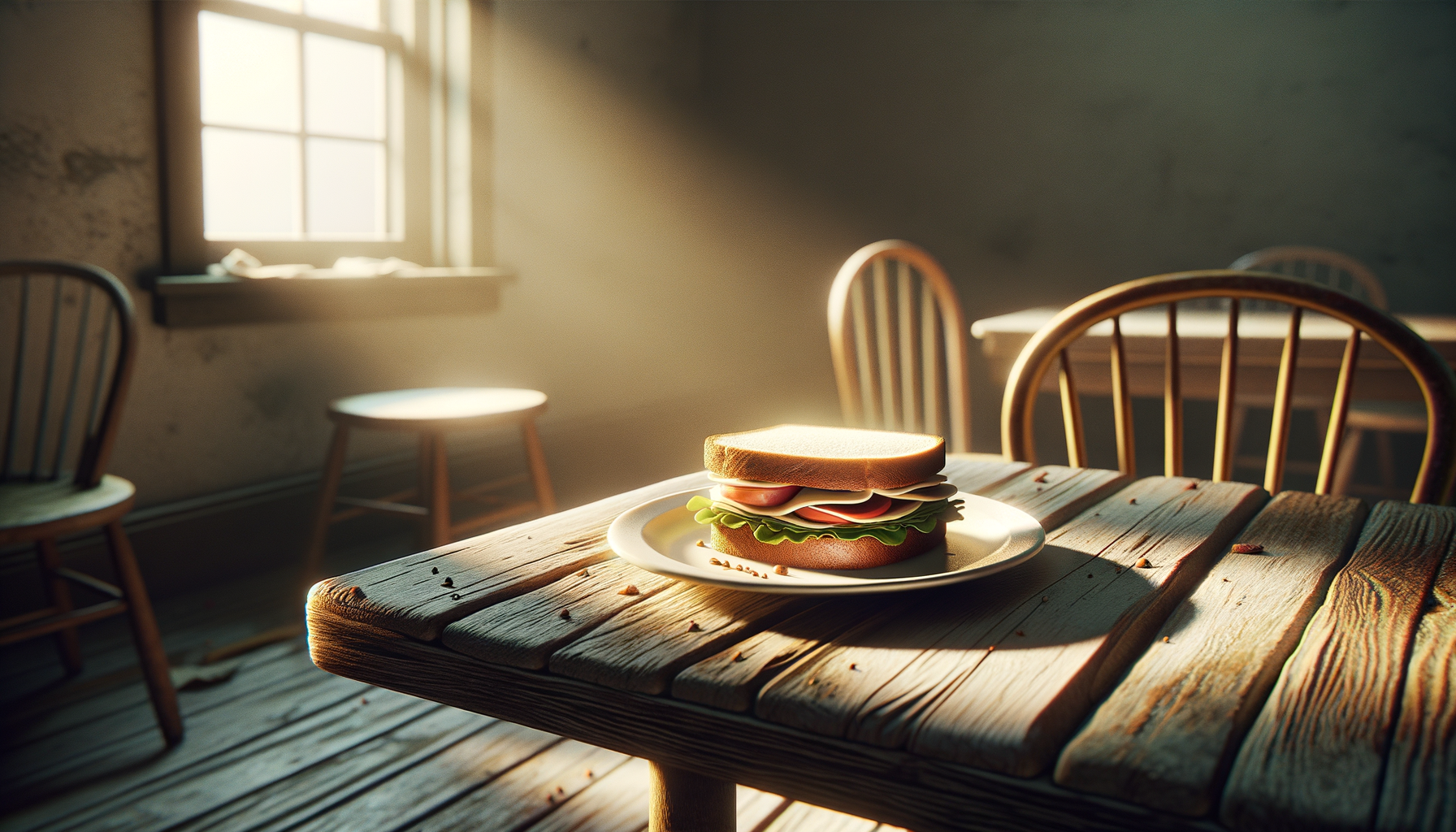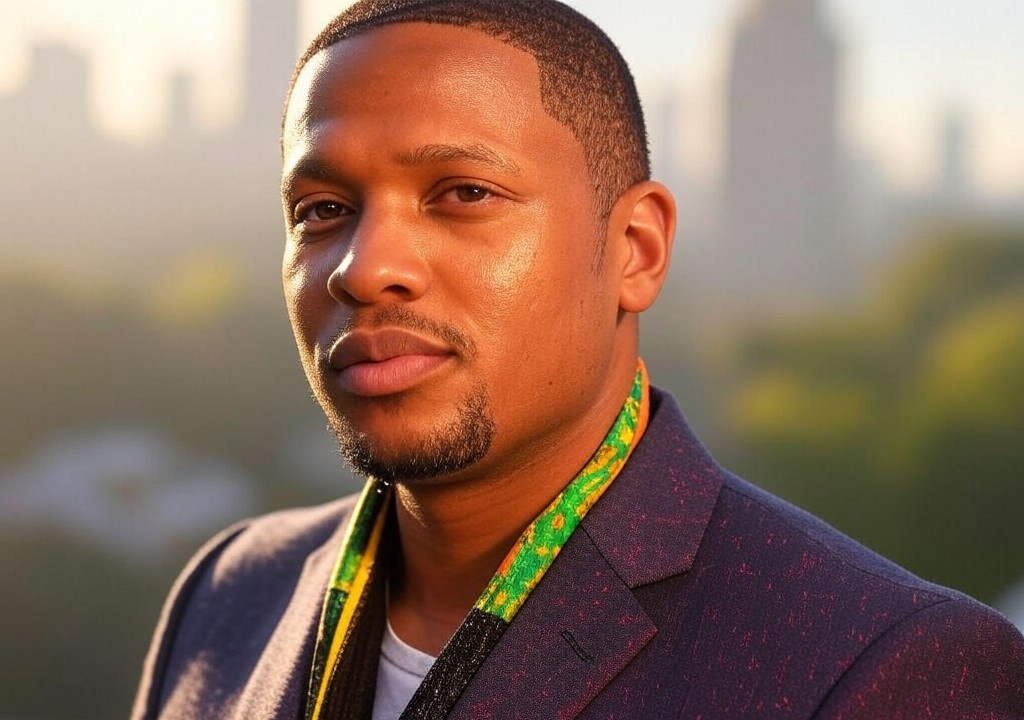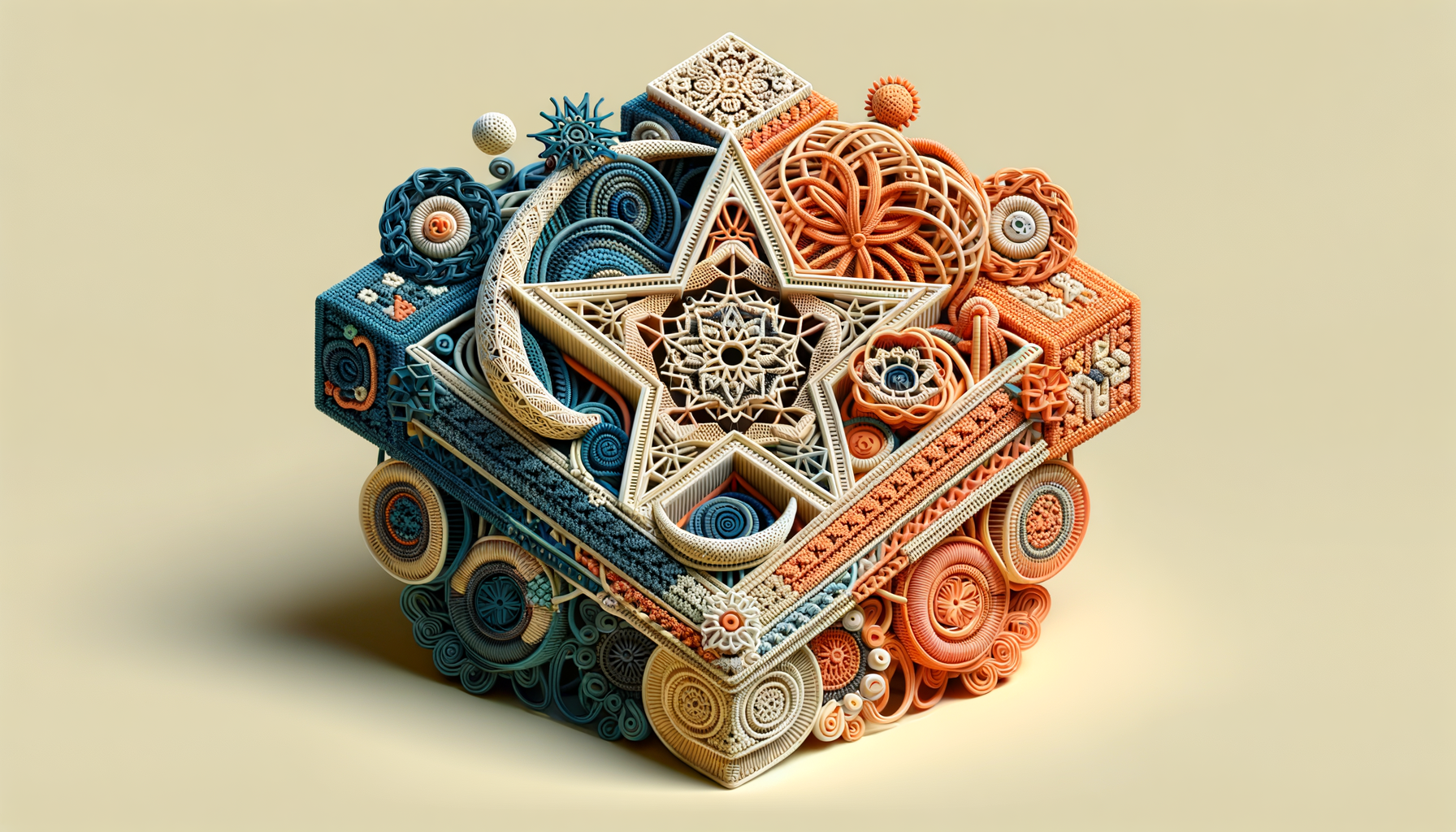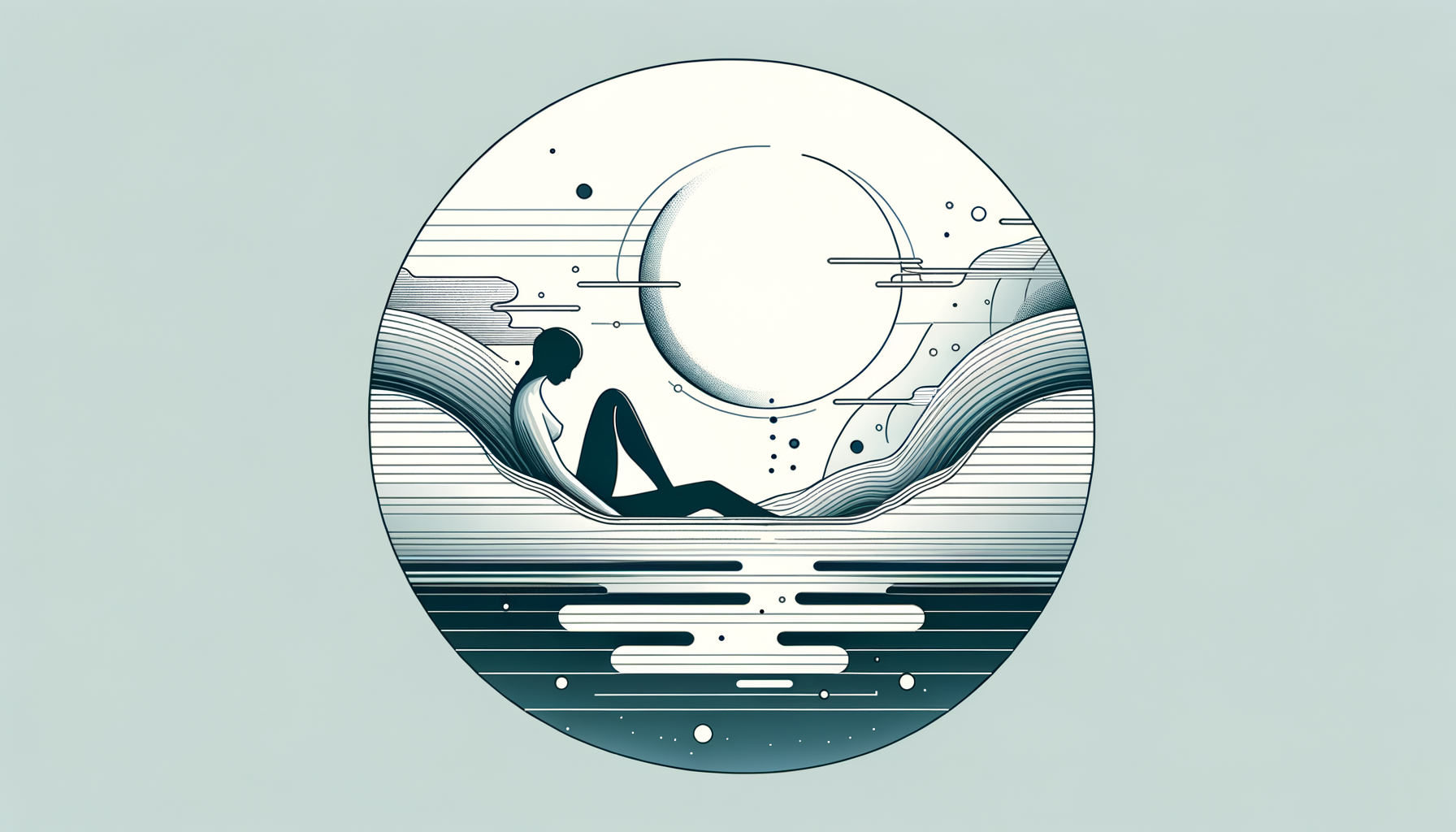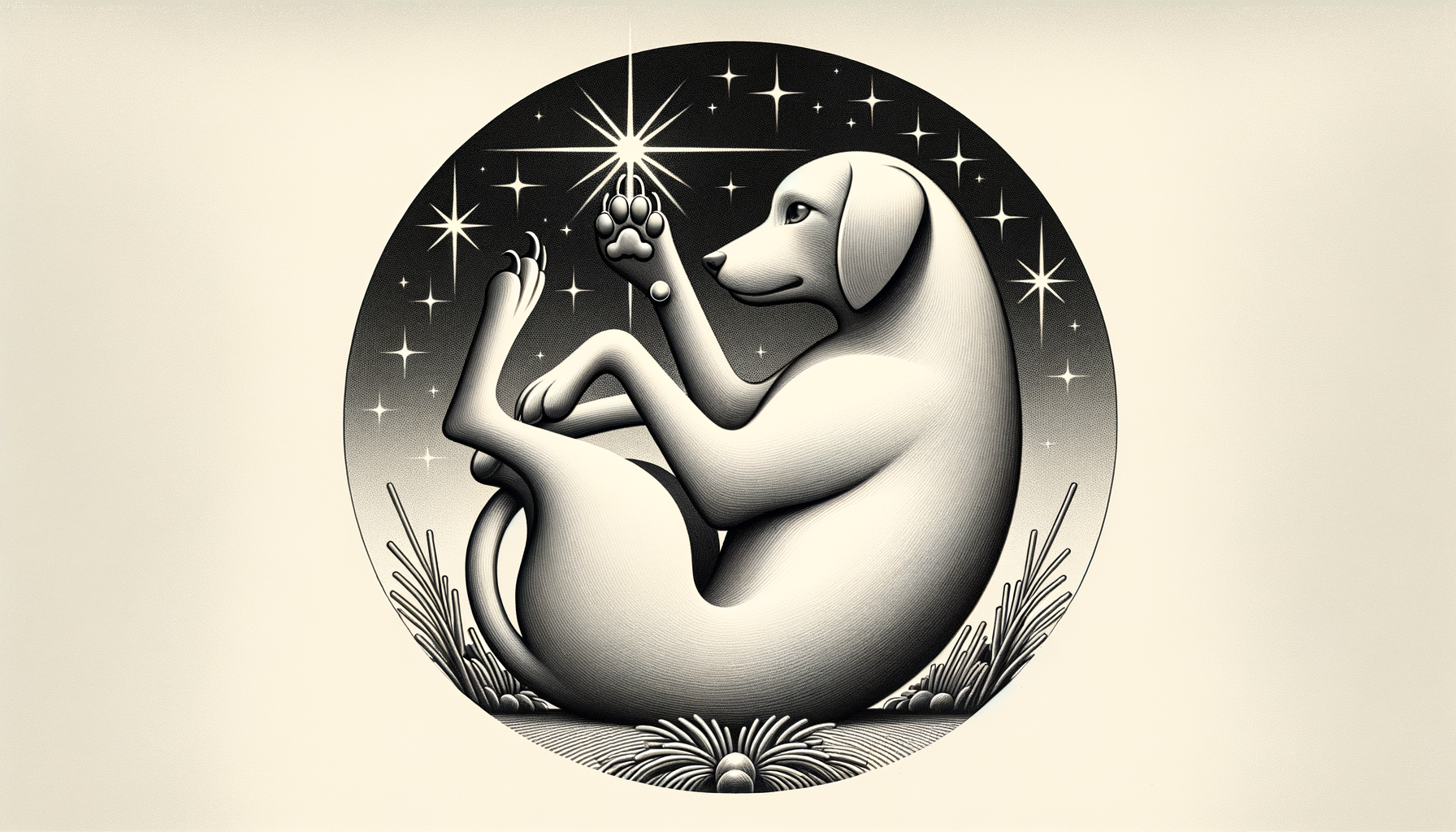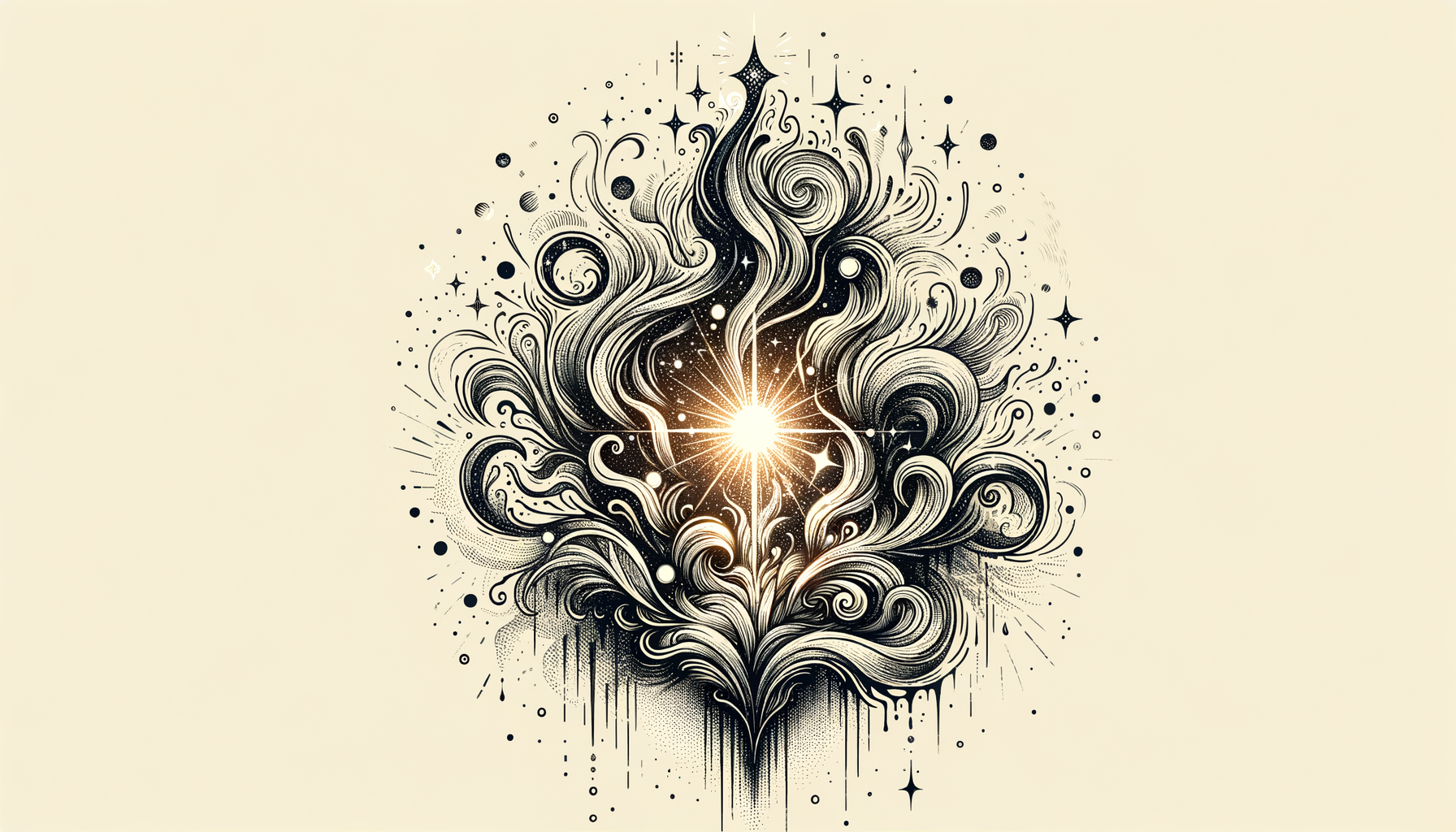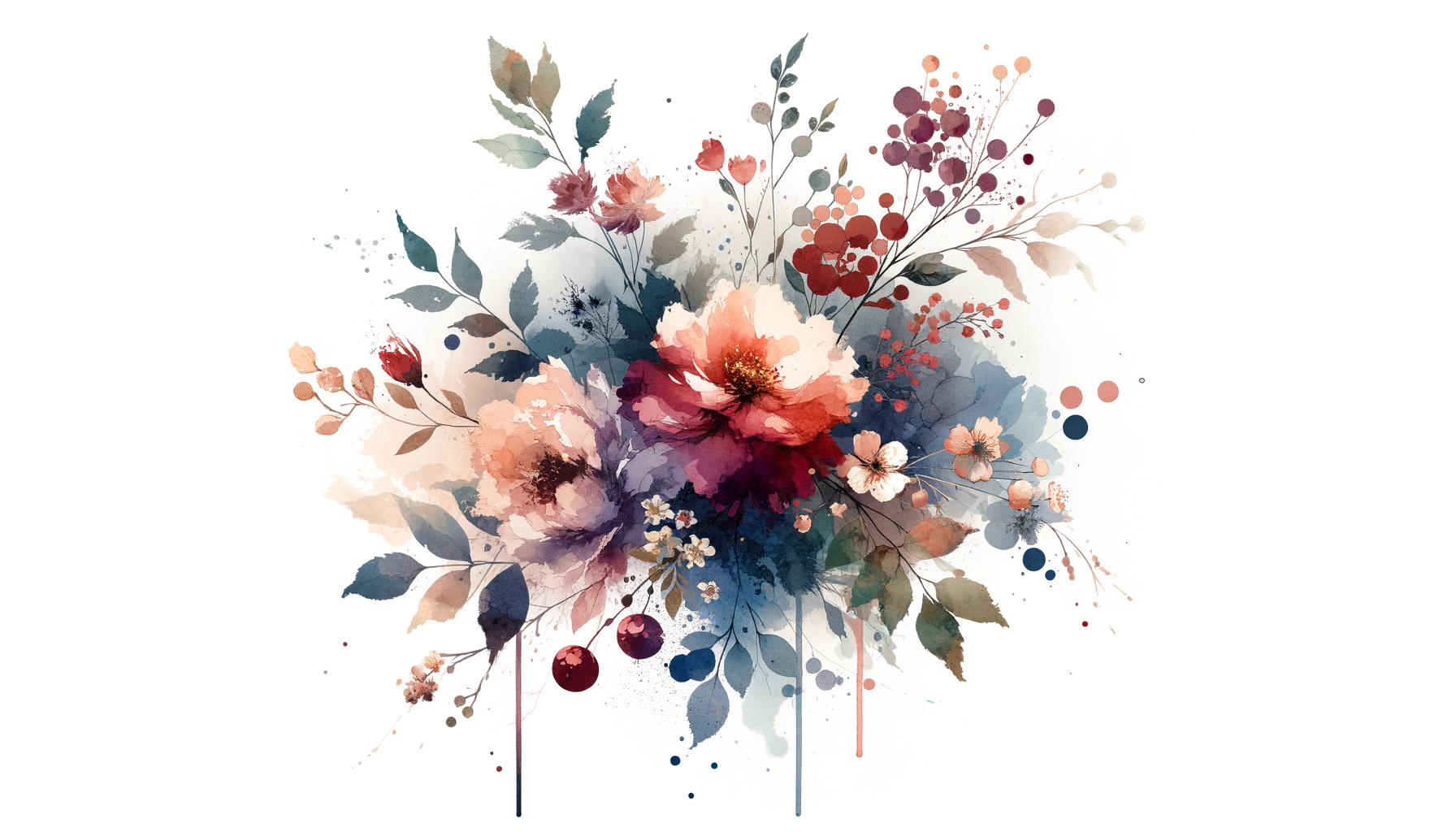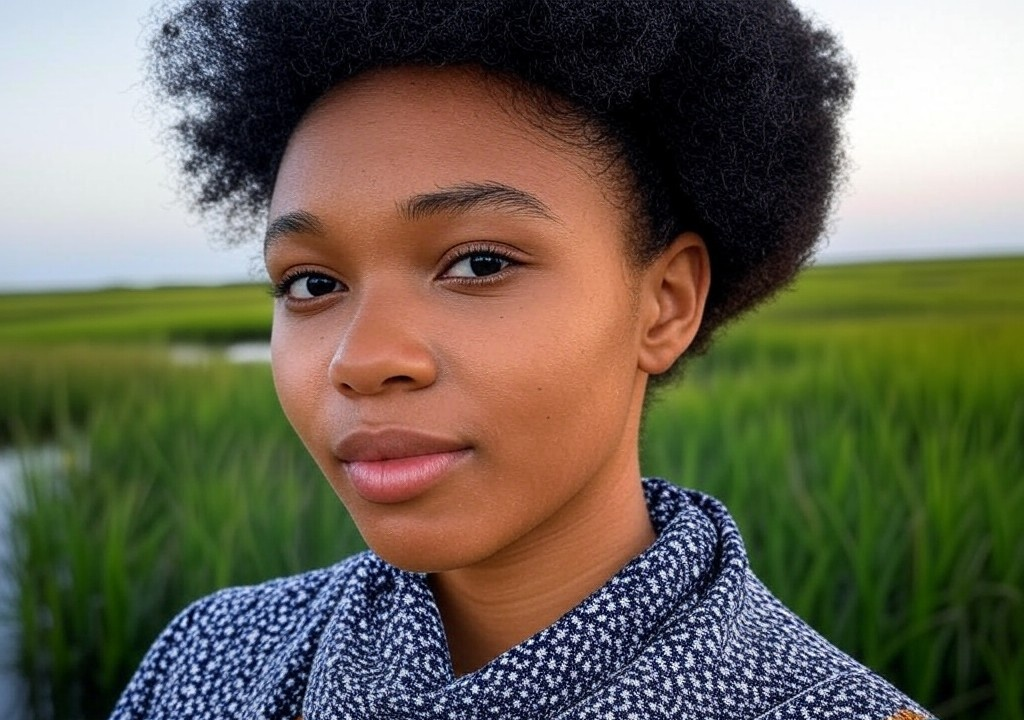The Scar That Tells a Story
We’ve all been there: someone points to a faint line on your knee or a once-forgotten scratch on your arm and says, “What happened there?” Suddenly, you’re transported back. Maybe it’s a memory of falling off a bike the summer you thought you’d be the next Lance Armstrong. Or possibly, it’s a story you’ve told so many times it’s become its own sort of legend—equal parts truth and the fun embellishments you’ve added over the years.
And then there are the scars you don’t see, the ones tucked away—behind polite smiles, closed doors, or perfectly curated Instagram feeds. The ones you carry a little closer to the heart. They may not draw a finger-point or a curious question, but they’re often the scars that shape us the most.
Yes, dear reader, we’re all walking storybooks—bound not in leather but in laugh lines, stretch marks, and yes, the occasional kitchen accident. But here’s the thing: scars, whether literal or metaphorical, are not just reminders of what you survived but proof of where you’ve been. And if you let them, they can help light the way forward too.
The Literal Kind: Skin, Stitches, and Lessons Learned
I’ll start with the obvious scars—the ones you can point to with a quick “Oh, this? Let me tell you.” Growing up in Atlanta, mine came courtesy of a misguided attempt to “gracefully” climb Aunt Julia’s magnolia tree during a family brunch. Spoiler: the brunch ended with me in the emergency room and a notable rip in my seersucker shorts. To this day, there’s a faint white line on my shin that whispers of my short-lived career as an arboreal artist.
But here’s the thing: that scar became shorthand for a great story. In fact, I leaned into it hard during high school when I needed to butter up my French teacher for an extension (turns out, you can make “urban southern debutante meets tree-climbing misadventure” sound très romantic with the right accent).
Literal scars force us to reflect. They challenge us to embrace imperfection—something I’ve learned is especially true in relationships. Sure, I’d rather look like I waltzed out of summer intact, but to my younger self’s surprise, that little imperfection has always drawn out curiosity and connection. Who knew my clumsy eight-year-old self was laying the groundwork for future cocktail-party banter?
The Invisible Kind: Heartache and Hidden Histories
While skin heals, hearts are a little more stubborn. And unlike the neat lines of a physical scar, emotional ones don’t come with an easy script.
For me, it was a college boyfriend who left behind an internal bruise I didn’t even notice until years later. He was dashing in a buttoned-up, country-club kind of way, the type to open the door for you but never, ever admit he replayed Taylor Swift songs while driving (spoiler: he definitely did, and it was 1989).
We were young, ambitious, and oh-so Atlanta in our rented bungalow with the IKEA couch. Then came his “I think we’re just different people” breakup speech—the relationship equivalent of a flat Diet Coke. No closure, no fight, just a quick pop of air and silence. For months, I couldn’t quite tell what hurt more: the actual end or the realization that I’d poured so much into someone who never returned the favor.
But here’s the thing: that heartbreak left its mark, teaching me a lesson I’ve carried like my favorite silk scarf. It taught me to look beyond potential and focus on presence. It showed me that love shouldn’t feel like borrowing the good china, all delicate and afraid to chip. Real love has muscle, grit, and sometimes, the occasional messy argument over takeout. And once that emotional scar toughened, it made me see the beauty in someone who could meet me halfway—no Taylor Swift denial required.
Scars as Frameworks—Not Flaws
By now, you’re thinking: okay, scars tell stories, but what next? How do we stop seeing them as flaws and start embracing them as frameworks? Here’s the secret: it’s all about reframing.
-
Find the Humor in It
Self-deprecation, when served light and breezy, can be transformative. Instead of hiding the chipped edge of your story, lean in. When someone asked me why I seem to guard my shin coming down a flight of stairs (a reflex from the aforementioned magnolia tree incident), I simply said, “It’s a long story involving brunch and poor judgment. Are you more of an avocado toast person or team eggs Benny?” Boom. Instant conversation starter. -
Let Them Connect, Not Define
Our scars, emotional or physical, are just part of the story—never the whole book. That breakup that colored my twenties eventually became a great chapter, not the whole plot. Similarly, your quirks and imperfections are more quilt than banner—they add dimension without overshadowing your brilliance. -
Foster Gratitude for the Story They’re Telling
Every scar—yes, even that tiny burn from learning to make crème brûlée—represents a moment when you tried something. Didn’t succeed? That’s okay. The trying is the fire. Be grateful for the risk, even if it left you with a slightly uneven surface where smoothness used to be.
Love Built on Stories, Not Perfection
If scars tell stories, think of relationships as anthologies—rich, layered, and filled with moments of joy, tension, and the occasional misstep. The truth is, the marks you carry into a relationship are what make you relatable, endearing even. They turn you from a polished porcelain doll into a living, breathing human being with depth.
My husband (yes, I went and found that halfway-meeting gem of a human) adores the quirks I once hid. He hums when flipping pancakes, laughs at my “tree branch trauma,” and genuinely appreciates my deeply impractical-but-stylish collection of sunhats. Our life together isn’t some Pinterest-perfect tableau—it’s a memoir-in-progress, and the best chapters involve moments of mishap, exuberance, and scars that signal growth.
So, whether you’re showing off a faint tan line where a scar once was or bravely telling someone, “Yeah, this one’s emotional—brace yourself,” lean into the power of the mark. Dating, love, and relationships aren’t about glossing over who you’ve been in the pursuit of who you want to become. They’re about finding someone who sees your scars and whispers, “Tell me everything.”
Because in the end, what is love if not the sharing of stories—flaws, scars, and all?



